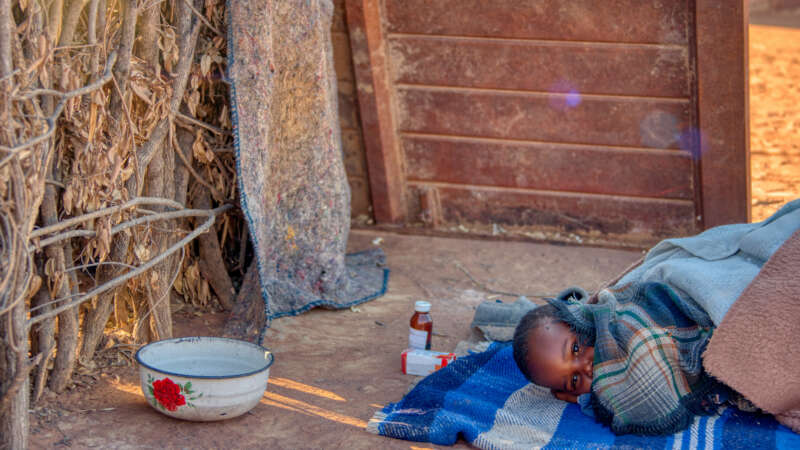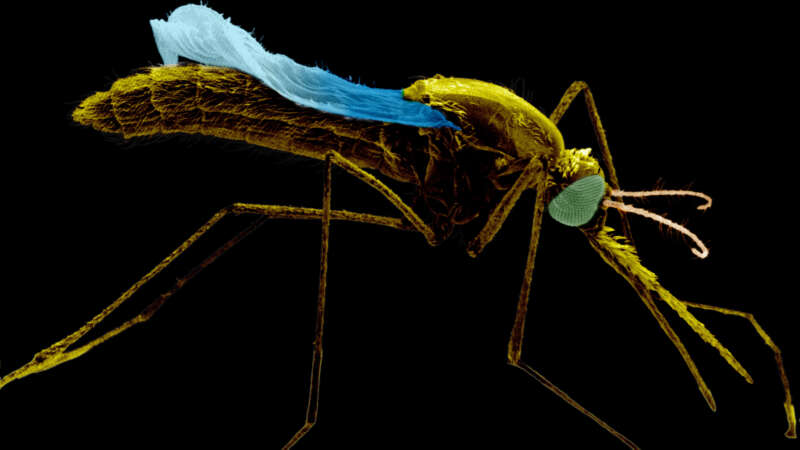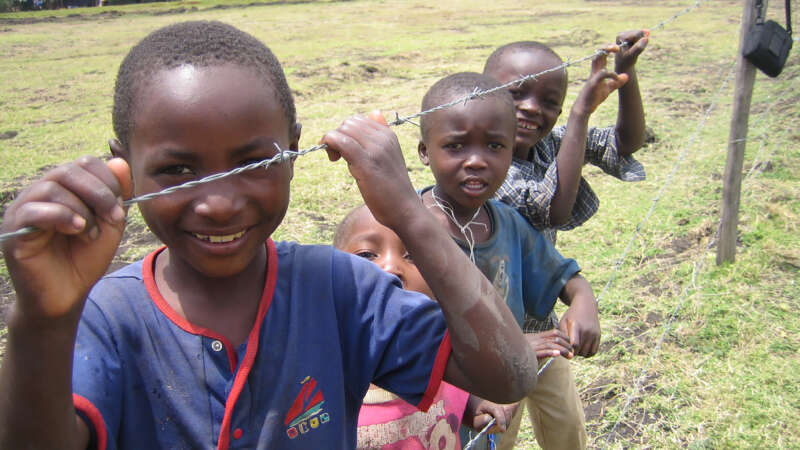africa
Shrinking Forests, Emerging Diseases
Dona Dora’s man is away from home a lot more these days. It didn’t used to be like that.
He leaves early, sometimes on foot, but increasingly on his bicycle, and heads into the forests surrounding Belém, the capital of Brazil’s Para province. He keeps his eyes open especially for five medicinal plants that are always in demand — sucuúba (Himatanthus sucuuba), copaíba (Copaifera spp.), andiroba (Carapa guianensis), barbatimão (Stryphnodendron spp.) and pãu d’arco (Tabebuia avellanedae).
Fifteen years earlier, he would have found all five within hours and been back for lunch, but times have changed. These days, medicinal forest plants in high demand are becoming harder to find as forests that have stood strong for millennia are cleared to make way for grazing pastures for millions of cattle, agriculture, and development.
Now, Dona Dora’s man can spend a whole day and not find more than a few plants. It might be late at night before he gets back home.
Dr. Salim Abdulla: The Heart and Soul of Malaria Research
Dr. Salim Abdulla is a distinguished clinical epidemiologist whose remarkable career has significantly impacted the global fight against malaria and emerging pathogens. With over 20 years of experience in conducting clinical trials and groundbreaking research, he has played a pivotal role in shaping national malaria policies and leading innovations in healthcare.
Throughout his career, Dr. Abdulla has focused on evaluating and introducing critical interventions in the fight against malaria. He conducted extensive research on insecticide-treated bednets (ITNs) and artemisinin-based combination therapies, leading to important advancements in national malaria policy formulation. Notably, he is currently engaged in the evaluation of new malaria vaccines and treatments, with the goal of achieving regulatory licensure.
The Economics of Malaria
In the 2022 World Malaria Report, compiled by the World Health Organization (WHO), the total spend on funding the fight of malaria in 2021 was estimated at USD 3.5 billion. Over that year, the same report states that there were an estimated 247 million cases of malaria and 619,000 malaria deaths globally.
More recently, over the course of the 20th Century, malaria is believed to have claimed between 150–300 million lives. The disease is contracted predominantly in the tropical regions: sub-Saharan Africa, Asia and the Amazon basin. This is due to the prevalence of the Anopheles mosquito that transmits the disease. Poorer regions of Africa bear the vast majority of the burden. In 2021, around 95% of the diagnosed cases and deaths were on the African continent, 80% of which were children under the age of five. The disease is entirely preventable and curable with prompt diagnosis and effective methods of treatment which require sufficient investment and funding.
Urban Africa Faces Invasive Challenge
Malaria numbers are surging in the Horn of Africa, but not in rural settings.
Djibouti is a small country of around 900,000 inhabitants on the Horn of Africa that rests on the shores of Bab al-Mandab strait, just 20 miles from the coast of Yemen and southwest Asia. Ten years ago, the World Health Organization (WHO) proudly proclaimed that Djibouti was entering the “pre-elimination phase” in its longstanding battle against malaria. Pre-elimination status is reached when a country’s number of confirmed malaria cases approaches zero.
Malaria’s Long Tail
The impacts of severe malaria cases on children are well documented, but the effects of mild infections on child development are less understood. The statistics …




